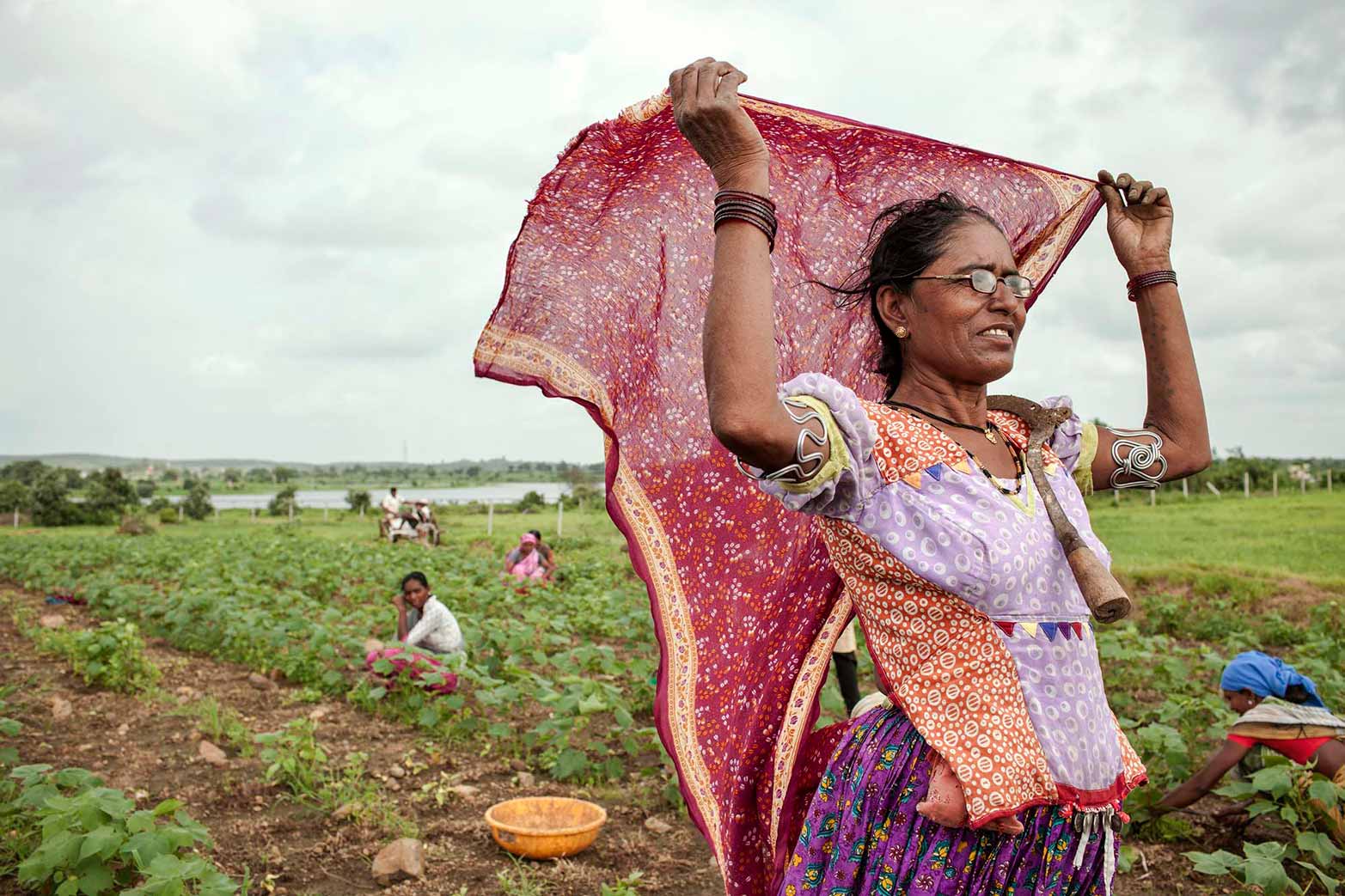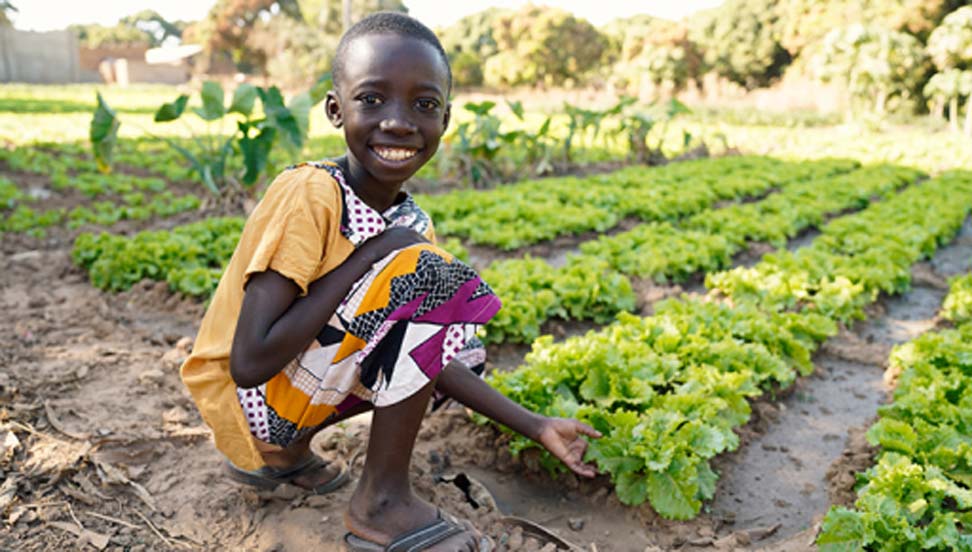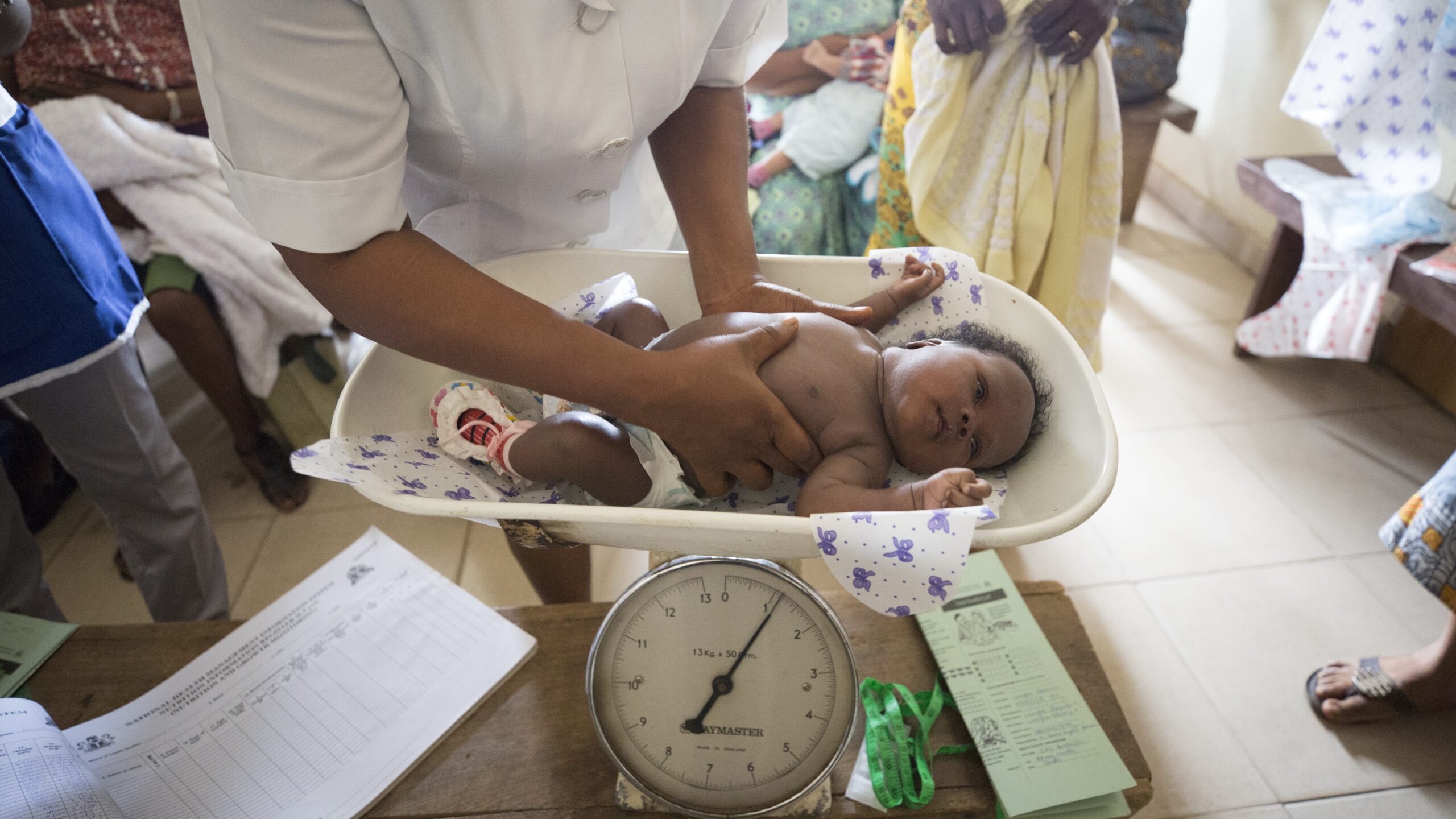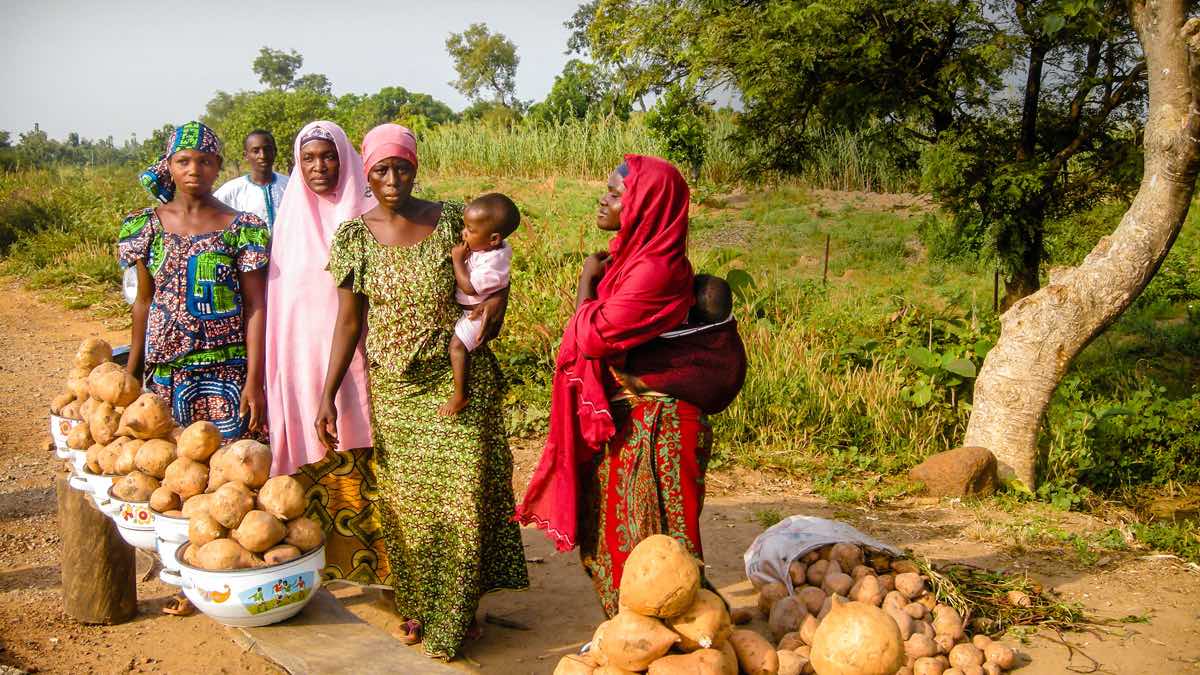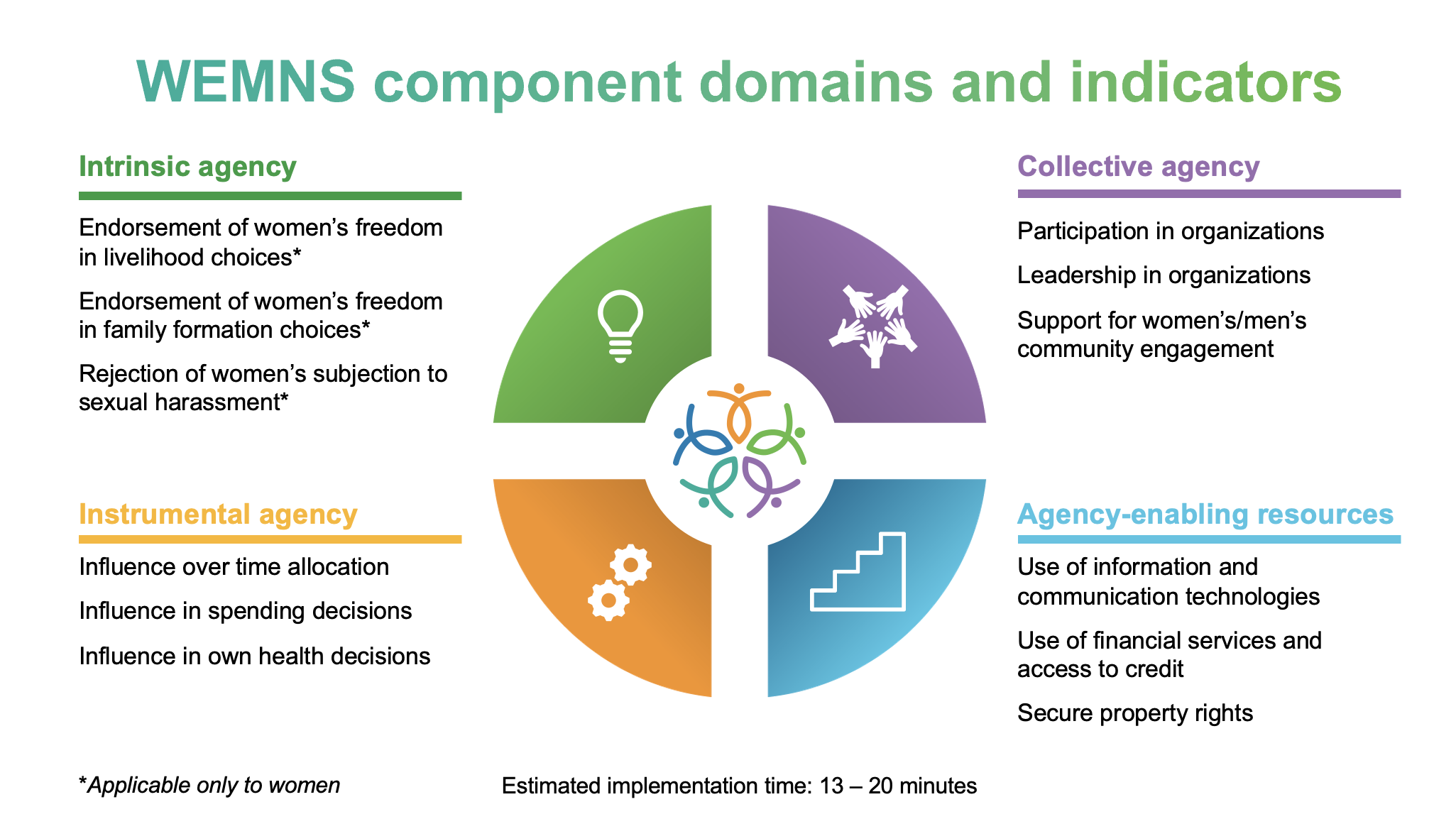It’s a familiar scene: parents patiently waiting for their young child to be measured by a nurse or community health worker. The measurements are then plotted on a growth chart, guiding conversations with parents about their child’s nutrition, health, and development.
Growth monitoring and promotion (GMP) has been a cornerstone of child nutrition programs in low- and middle-income countries (LMICs) for decades and at face value, it appears to be a sensible activity. But its usefulness has been questioned and challenged repeatedly since the 1980s. Key concerns include the poor quality of weight and height measurements in typical LMIC public healthcare contexts, low coverage, and uncertainty regarding the specific purposes and pathways for how GMP is expected to benefit children. Additionally, there is currently no solid evidence that GMP improves caregiver nutrition knowledge and practices, child growth, or the use of health and nutrition services.
But what if GMP was flawlessly implemented and reached every child, including those most in need? Could this “gold standard GMP” make a positive contribution to child growth? Researchers from IFPRI and the University of South Carolina set out to answer this question. Our study, published in Advances in Nutrition, raises important questions about the current practice of GMP, which remains widely implemented across LMICs.
Here’s a closer look at the main findings:
Healthy children have erratic growth patterns
The study challenges the common belief that healthy children grow steadily, tracking along a smooth growth curve. Instead, results show that the growth of healthy children is erratic, with frequent accelerations and decelerations in weight and height growth. This contradicts the widely held assumption that growth curves can reliably distinguish between children with normal and inadequate growth.
GMP is not a useful diagnostic tool
GMP typically relies on weight-for-age and weight gain assessments. These indices, however, do not distinguish between acute malnutrition or wasting (being too thin) and stunting (being too short for age). GMP does not effectively identify which children require urgent nutritional interventions for wasting. A key challenge with being too short for age is that there is currently no treatment to return the child to an adequate growth pattern (i.e., one that would lead the health worker to conclude that the child is growing well).
GMP is not a useful screening mechanism
Beyond diagnosis, GMP is often presented as a screening mechanism. The basic idea is that by detecting growth faltering early, timely interventions can be implemented to prevent the problem from escalating. However, analysis of longitudinal data from multiple countries shows that commonly used GMP criteria, such as lack of weight gain from one month to the next, are poor predictors of future growth failure. There is no strong relationship between early weight or height measurements and later stunting or wasting. Thus, weight and height measurements alone are not sufficient to identify which children will grow inadequately in the future.
Policy implications and the need to redesign GMP
The findings challenge long-held assumptions about GMP’s role in improving child nutrition outcomes through diagnosis or screening for growth faltering, highlighting the need for a reassessment of how GMP is currently designed and implemented.
Growing up in a poor environment can have significant, lasting adverse effects on the health, development, and opportunities of both individuals and societies. The study highlights the need for a careful redesign of GMP so it can contribute to the nutrition, health, and development of young children. The authors formulated the following key recommendations:
- Redefining Objectives: Redesigning GMP will require identifying specific and realistic objectives (e.g., improve the healthiness of the child’s diet, improve care-seeking when the child is ill) and determining the necessary actions to meet these objectives.
- Limiting Assessments: Assessments of individual children should focus on critical aspects of the child’s well-being and what parents can reasonably change, such as feeding practices, the use of health services, and psychosocial stimulation. Individual assessments should not create unrealistic expectations for parents.
- Engagement with stakeholders: The GMP redesign will require additional research and close engagement with key stakeholders, including international agencies, government agencies, in-country stakeholders, program implementers, parents, and researchers.
The need to support parents
The results do not challenge the need for well-child care in LMICs. Simply measuring individual children’s weight and height, however, does not effectively identify which children need additional support and who will benefit most. Parents require actionable information on infant and young child feeding, responsive and age-appropriate play and communication, illness prevention, and timely care-seeking. Providing such guidance should be part of well-child visits for all children.
Jef L. Leroy is a Senior Research Fellow with IFPRI’s Nutrition, Diets, and Health (NDH) Unit; Rebecca Brander is an NDH Research Fellow; Edward A. Frongillo is a Professor of Public Health and Director of Global Health Initiatives at the University of South Carolina (USC); Leila M. Larson is a USC Assistant Professor of Public Health; Marie Ruel is an NDH Senior Research Fellow; Rasmi Avula is an NDH Research Fellow. Opinions are the authors’.
This work was supported by the Bill & Melinda Gates Foundation.
